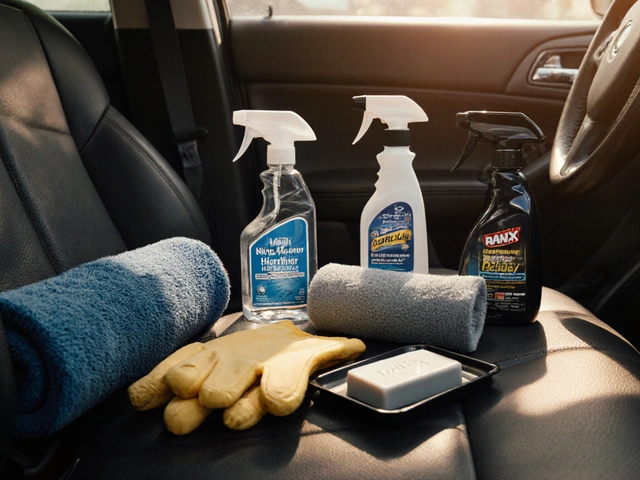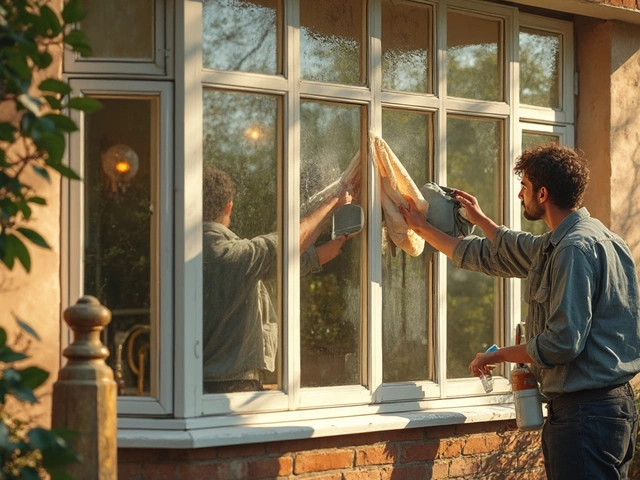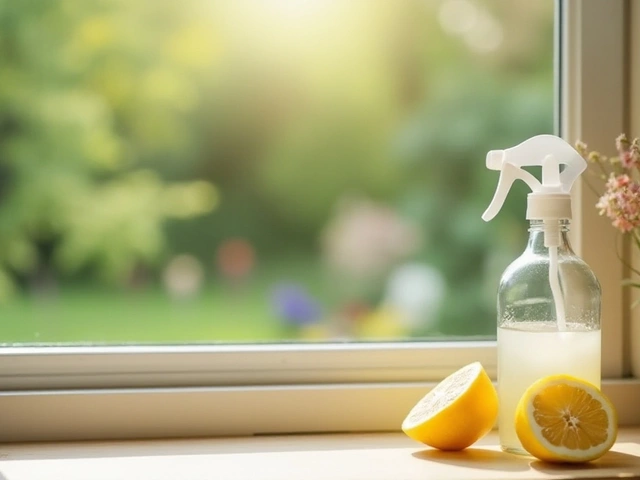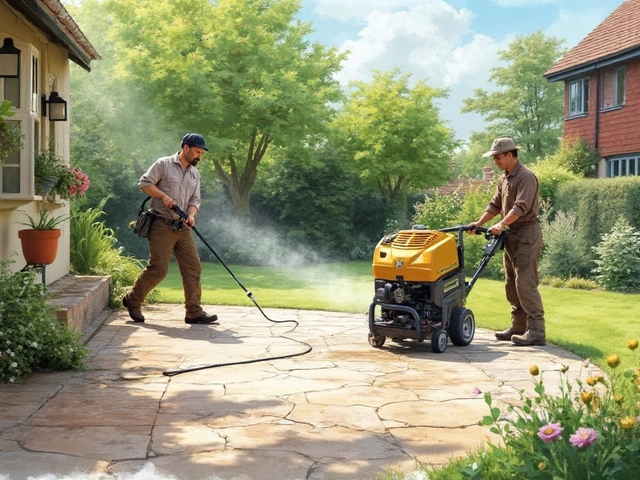You buy something new—maybe a comfy sofa, a kitchen appliance, or just a fresh pair of shoes. It looks pristine. You almost don’t want to touch it. But the clock is ticking from day one. Fast forward a few months or years, and you notice scuffs, squeaks, chips, and dents. That nagging feeling sneaks in: What’s nibbling away at your stuff, anyway?
Everyday Life: The Hidden Enemy in Your Home
Daily routines do more damage than you’d think. Every time you flop onto the sofa, pull open a drawer, or walk across the hall in your socks, you’re helping wear and tear do its thing. Tiny movements—these lazy little repetitions—add up. In the UK, studies show most households open and close their kitchen cupboards almost 30 times a day. Multiply that by 365, and you’re looking at nearly 11,000 swings in just one year. Hinges and handles don’t stand a fighting chance without a bit of care.
Let’s get into floors for a second. Got carpets? Every footstep grinds in little bits of dirt, dust, even hard crumbs you can’t see. This abrasive action acts like invisible sandpaper, slowly eating away at fibres. Wood flooring? Grit and small stones from shoes (especially on rainy Leeds days) can carve scratches throughout your hallway. Some estimates say homeowners walk roughly 2,000 to 3,000 steps a day indoors. That’s a lot of pressure directly on your floor coverings.
Your kitchen probably sees the most punishment. Hot pans scorched worktops, and little splashes from a Friday night curry can stain surfaces. Poorly ventilated kitchens trap steam, leading to swelling or warping in wooden cabinets. Anyone who’s left potatoes boiling over knows pots and pans can leave permanent marks on flat ceramic hobs. Quick tip: Always use a chopping board; knife marks on worktops are basically scars that never heal properly.
Outside, windows take a beating from Leeds wind, rain, and the occasional seagull mishap. Bits of dirt and debris, smacked by gusts, act almost like sandblasting, especially after a winter storm. A recent survey pointed out that regular window cleaning can double the lifespan of double-glazed units. Save yourself some cash—grab a squeegee once a month.
Don’t ignore walls! They’re a magnet for dings and smudges, especially near doors or narrow hallways. Any tiny bump with bags or shoes leaves behind little hints people live here. Over time, these marks build up and paint gets that dirty, tired look. Want a quick fix? Microfibre cloths do wonders—just go gently with warm, soapy water. Save the stronger cleaners for the really stubborn marks only.
What about the air itself? Surprising, but real—humidity can ruin things quietly. High moisture levels make wood swell and paint peel, especially in bathrooms and basements. Keeping a basic dehumidifier on hand can help a lot. On the other end, dry air can cause materials to shrink, leading to cracks in walls and even wooden floorboards. A balance between 40-60% relative humidity inside the house is sweet for most common materials.
Here’s something for the stat-lovers. Check out this comparison of typical wear rates from a British property research group:
| Household Item | Average Lifespan (Years) | Top Cause of Wear |
|---|---|---|
| Carpet | 7-10 | Foot Traffic |
| Kitchen Worktop | 10-15 | Hot Items, Scratches |
| Painted Walls | 5-7 | Scuffs, Damp |
| Sofas | 8-12 | Body Pressure, Sunlight |
| Double Glazing | 15-20 | Weather Exposure |
If you want to slow this slow-motion chaos, make small changes. Use slippers indoors to keep grit at bay, wipe spills up straight away, and be kind to your cabinet doors. It’s not about keeping things perfect. It’s about giving your stuff a fighting chance against wear and tear.
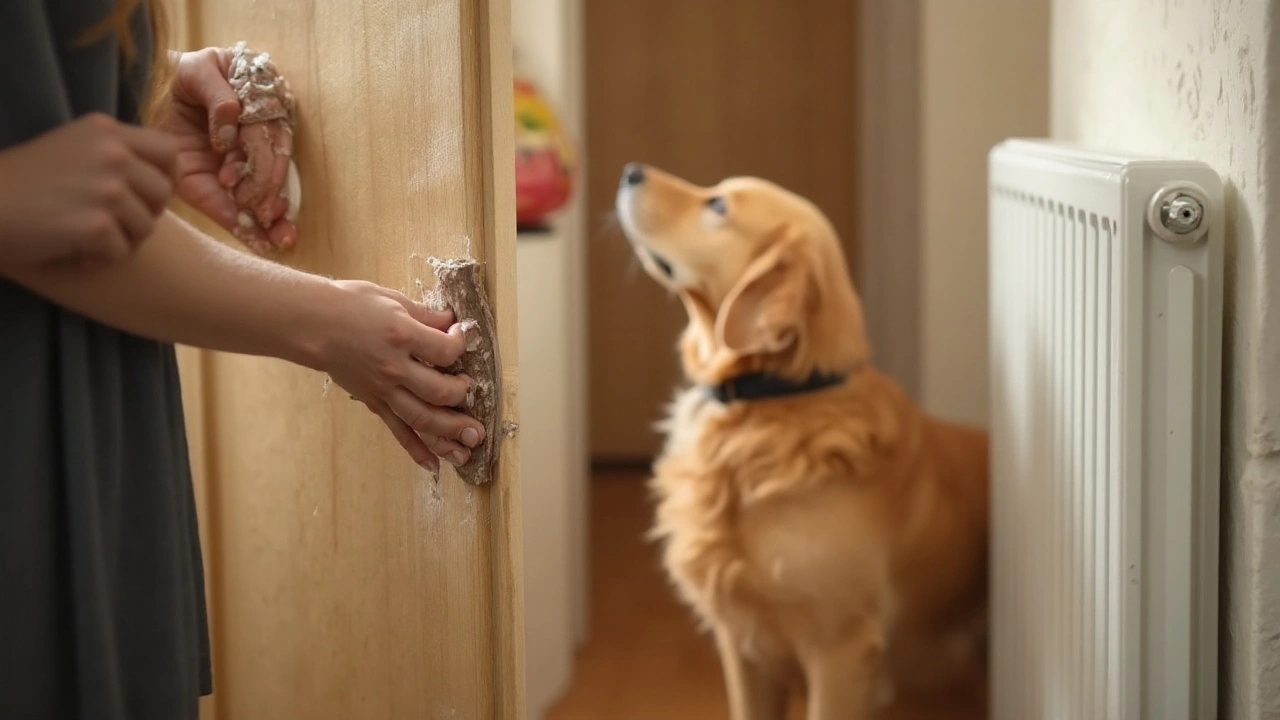
Beyond Human Habits: Environmental and Material Factors at Work
Not everything’s your fault. Materials and the environment stack the odds against you before you even move in. Wood, metal, fabric—they all react to the world around them in sneaky ways.
Take sunlight, for a start. Think only plants care about where the sun hits? Think again. UV rays bleach fabric, fade wallpapers, and break down rubbery stuff like seals on windows. South-facing rooms in Leeds catch more sun through the year than north-facing ones, making them look older, faster. Those gentle rays make that colourful sofa look beige before its time. A simple blind or curtain can cut UV damage by over 50%, and it’s an easy weekend fix.
Ever spilled water on an untreated wooden floor? The long-term effect is warping, swelling, even cracking—just from a little neglect. Water loves to seep through gaps and sits in crevices, softening glues, splitting planks, and triggering rot. Yorkshire’s damp climate doesn’t help; indoor water leaks are a top cause for insurance claims. Always nip leaks in the bud. Even a tap that drips once a minute adds up to hundreds of litres wasted each year—and that’s not counting the slow rot it brings.
Metal fixtures turn rusty if they pick up moisture and salts from fingerprints. Stainless steel sounds fancy, but it isn’t magic. If you use harsh cleaning sprays (especially bleach-based ones), they can pit and corrode surfaces over time. Instead, stick to basic soapy water for metal stuff, and make sure it’s dried properly afterwards.
Then you’ve got fabric and upholstery. Dust and skin particles settle into every soft corner, breaking down fibres from the inside out. Ever wonder why seat cushions go flat or lumpy? It’s not just because you sit on them; it’s the slow build-up of tiny bits grinding things down. Weekly vacuuming does more for sofas and chairs than fancy cleaning sprays. Use the upholstery brush—that’s what it’s made for!
Now for a classic UK issue: mould. High humidity, poor ventilation, and cold outdoor temps mean Leeds homes often get patchy, black mould—especially in window corners and bathrooms. Mould eats into paint and plaster, causing unsightly marks and even health problems. Fling the window open after a hot shower and try using a moisture-absorbing pot if your bathroom always feels damp.
Material choice matters. Laminate floors, for instance, wear out differently than hardwood. Laminate can withstand some scratches but hates getting wet. Hardwood takes knocks but can be refinished. Cheaper materials usually wear out quicker, but pricey doesn’t always mean longer-lasting—sometimes it’s more about care. Yorkshire Building Society did a survey: homes using cheaper paints for high-traffic areas repaint twice as often as those that spend a little more for the tough, washable stuff.
Don’t write off temperature, either. Central heating dries out the air, making solid wood unhappy—think split skirting boards and shrinking window frames. Rapid swings in temperature can even kill the glue on wallpaper. The good news? Most boilers these days let you set a constant low temperature, which helps hold materials together in the long run.
Even where you live plays a role. Leeds gets around 800mm of rainfall each year, and windy autumn gales can drive dirt into window sills, brickwork, and roof tiles. In fact, researchers from the University of Leeds found that homes with trees nearby experience much higher rates of gutter blockage due to falling leaves and twigs. Blocked gutters lead to overflows, damp, and crumbling facades. Quick tip: Scoop out gutters every autumn before the first big September storm rolls in.
If you’re keeping score, here’s a handy list of household areas and what usually breaks them down:
- Floors: Gritty shoes, furniture, dropped items
- Walls: Scuffs, humidity, impact
- Windows: Debris, UV, condensation
- Metal fixtures: Water, salt, harsh cleaners
- Fabrics: Dust, sunlight, constant use
- Paints and surface finishes: Steam, cleaning chemicals, knocks
Keeping tabs on your home isn’t about turning into a clean freak. It’s about spotting early signs—peeling paint, sticky drawers, saggy cushions—and doing small fixes before they cost you big.
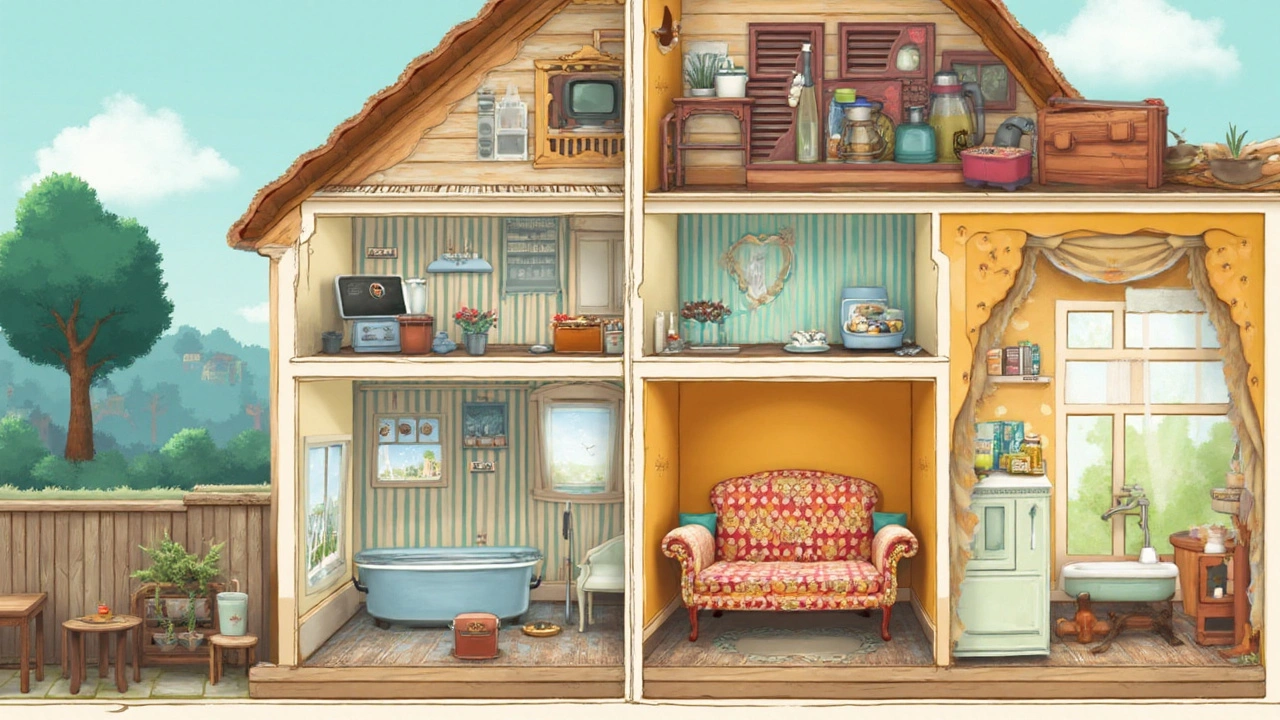
Easy Strategies to Slow Down Wear and Tear
Let’s talk tactics. You can’t stop time, but you can get smart about slowing down the march of wear and tear. Here’s how people in Leeds (and not just lucky homeowners with too much time) keep things looking decent for longer.
Start with simple weekly rituals. Vacuum high-traffic carpets and rugs—get right up to the edges and under the sofas. Mats at your front and back doors help trap dirt before it gets far. If you’ve got pets, wipe their paws after a rainy walk; it cuts down on muddy streaks and keeps wood floors happy. For anyone with bikes or prams in the hallway, a rubber mat underneath saves both your floor and your patience.
Cushion your furniture. Felt pads under chairs and tables are your best friend—no more mystery scratches. Rotate your sofa cushions now and then so one side doesn’t get flat. If you’ve got kids, making a habit of putting a throw over the “snack sofa” means easier cleanup after Friday film night. And, as dull as it sounds, ask everyone to put their bags and shoes away in the same spot to stop random wall marks.
Check your windows for drafts and condensation regularly. A little silicone sealant goes a long way—applied in autumn, it can keep damp and cold gusts at bay all winter. Open bathroom and kitchen windows right after cooking or showers to let steam out and avoid that sticky, drippy feeling on painted surfaces.
Got shiny chrome taps or door handles? Wipe them dry after use and skip fancy abrasive pastes. For showerheads bubbling with limescale, a soak in a vinegar solution once a month will keep water flowing and stop the metal getting flaky.
Be smart about sunlight. Fit blinds or UV window film in bright rooms (especially south-facing ones) and give fabrics a break from full exposure. Rotate rugs and furniture if you can. Ever noticed one side of a curtain turns lighter than the other? Switching sides once a season helps both last longer.
Humidity hacks are easier than they sound. Buy a cheap hygrometer from your local DIY shop—if it’s over 60%, crack a window or use a dehumidifier. If it’s under 40%, a few houseplants or a bowl of water near a radiator is all you need to stop shrinkage in wooden furniture and floorboards.
Don’t forget: Little spills, small dings, and the odd knocked-over vase aren’t disasters if you sort them straight away. Keep a basic toolkit handy with a good filler, touch-up paint, and a roll of strong tape. The same goes for appliances. Clean fridge door seals of crumbs and spills—they last way longer when gunk doesn’t trap moisture and start mould growth.
Take a look at this small checklist, made for busy people:
- Vacuum and dust weekly—don’t forget behind furniture
- Wipe down steamy areas after showers and cooking
- Fit mats in busy corridors and entrance halls
- Inspect for leaks and drips each month
- Switch up where you sit or place items in sunlit rooms each season
- Scoop leaves and debris from your gutters every autumn
Sometimes wear and tear just happens, even when you do everything right. But the hidden secret is that a little attention, done regularly, buys you loads more life from your favourite things. Repairs cost less when you catch problems early. That fridge that keeps working, or those floors that look sharp for years—it all adds up to less hassle (and more money in your pocket for something way more fun).

